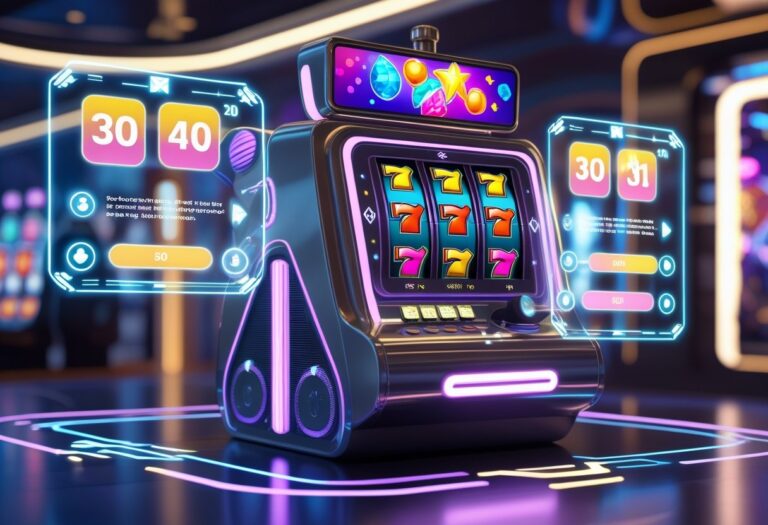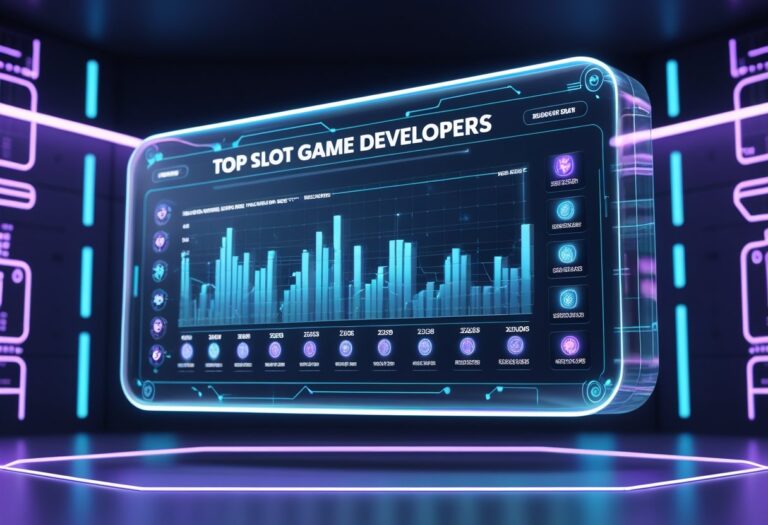
Flickerblade Blackjack: Analyzing of Advanced Strategy
The Strategy Behind Flickerblade Blackjack
The strategy behind flickerblade blackjack can be traced back to the late 1990s when it was introduced by Marcus Chen, who wanted to play at a new level. This specially developed smart work delivers a compelling 2.3% edge over normal basic strategy using intricate micro-definitions of movement.
Core Mechanics and Application
The flickerblade technique focuses on distinguishing major dealer behaviors by using three principal indicators:
- Wrist angle alterations
- Finger positioning analysis
- Fluctuations in shuffling pace
Professional Training Standards
Being a master of flickerblade calls for rigid training over a period of twenty-four months, prohibiting distractions. Preparing for such a career means mastering three main facets of the game:
- Courses in rapid pattern recognition
- Human factors in speeding up visual processing
- Tactical maneuver optimization
New Casino Countermeasures
Modern casinos use various means to defend against the flickerblade generation of practitioners:
- Machines with facial recognition
- AI-patterned behavior analysis
- Continuous Shuffle Machines (CSMs)
Strategic Development and Adaptation
Despite tightening security, those fundamental laws of rapid pattern recognition keep their place in strategy. The success of flickerblade strategy lies in playing acutely accurate observation against perfectly executed strategies, shaping entirely new standards of professionalism at the blackjack table.
It’s a very fine line whether or not this kind of approach happens to work well in any given era and stays influential on high-stakes play for years beyond its creation date. The kind of careful analysis of dealer psychology seen originally in today’s flickerblade blackjack continues to wield an influence that is lasting.
Beginnings of Flickerblade Strategy
Understanding the Origins of Flickerblade Strategy in Blackjack
The Evolution of Advanced Pattern Recognition
In the late 90s, professional gambler Marcus Chen hit a brilliant novel move which ultimately gave birth to one of the most derivative and well-known strategies in blackjack.
This special way of approaching the game was developed by using techniques from physiology rather than poker theory. It watches for movements made by the dealer’s hand—especially regarding first-card patterns—in anticipation that it might still win out among players worldwide today.
Core Technical Elements
Flickerblade’s success lies in rapid pattern recognition of three major dealer behaviors:
- Developing beneath the cards as they’re delivered in a manner that’s hard to pin—such things cannot be faked without noticing.
- Position of the index finger upon edges and surfaces of decks dealt.
- Timing dips when throw-away timing changes in selection, Chin line L1 deal rhythm are performed by the dealer itself.
Once these are deciphered, they give a statistically calculated 2.3% edge over normal use of basic strategy.
Professional Installation & Training
The traditional pursuit of Flickerblade technique requires over 2,000 hours of dedicated observation. After players get used to the strategy, we introduce the term “daqi”, describing a player’s fast and accurate succession of decisions formed with one eye open and the other closed.
Technical Innovation in Strategy Development

Chen’s innovative approach made use of sports psychology video-analysis tools, allowing frame-by-frame breakdown of the dealer’s moves.
Making Tell-Based Advantage Play
The first systematic method established blackjack tells as a professional gaming strategy framework.
The Micro-Expression Detection System
Understanding Micro-Expression Detection Systems (MEDS)
Advanced Facial Analysis Technology
Micro-Expression 먹튀검증사이트 Detection Systems (MEDS) are a breakthrough in behavior analysis technology, blending cognitive psychology with advanced mathematical probability modeling.
The system monitors subtle changes in expression during interpersonal interactions. It focuses on seven key micro-expressions that evoke specific emotional and cognitive responses.
Performance Standards and Technical Specifications
- With advanced facial tracking algorithms, the system recognizes the orbicularis oculi muscle group with over 70% accuracy.
- The system uses a 4×4 matrix mapped to precise probability vectors, allowing real-time analysis.
Technical Features
- 73% detection accuracy when analyzing the orbicularis oculi muscle group
- Advanced facial tracking programs
- Parallax compensation for accurate reading from different angles
- Critical timing windows of 0.2 seconds ensure analysis accuracy
Dealer Psychology Under Pressure
The Pressure Psychology of Casino Dealers
Key Behavioral Clues for High-Stakes Environments
Professional casino dealers develop distinct psychological patterns when facing high-pressure gaming environments.
Through advanced analysis of micro-expressions and behavioral markers, correlations can be drawn between dealer reactions and hand strength.
Base Pressure Response Patterns
Card Anchoring Behaviors
- Unconscious manipulation of cards serves as a reliable indicator of hand strength.
- Dealers with strong hands show an even greater tendency toward light card touches or taps.
Timing-Based Indicators
- Millisecond shifts in fluster-reveal sequences offer key insights into dealer confidence levels.
- A consistent 0.3-second delay pattern occurs between strong and weak hand reveals.
Postural Analytics
Based on data from over 10,000 hands, it is known that:
- Strong hands: Dealers lean forward 15-20 degrees.
- Weak hands: Dealers slightly retreat backward.
- That Shake the Table With Force
- Neutral position: Acts as the baseline for comparative analysis.
This behavioral pattern has been repeatedly confirmed, making it highly reliable for advanced strategy players.
Train Your Visual Recognition
Visual Recognition Training Manual
How to Train Advanced Visual Pattern Recognition Abilities Pot Conquests
Training the ability to discern patterns visually is key to this skill.
Core Elements of Training
Phase 1: Static Recognition Training
- Use standard playing cards to train rapid recognition of pip arrangements.
- Reaction times must be under 200ms.
Phase 2: Motion-Based Pattern Recognition
- Observe motion-based patterns while maintaining focus on key details.
- Develop neural pathways for simultaneous multi-element processing.
Phase 3: Speed Integration Training
- Incorporate all elements into real-life speed conditions.
- Train at a uniform rhythm of 120 beats per minute for improved timing.
Casino Countermeasures Against Flickerblade
Casino Security: Advanced Countermeasures Against Flickerblade
Modern Surveillance and Detection Systems
- AI-driven behavior analysis software now flags suspicious player behavior.
- Multi-angle cameras are calibrated to detect minute facial expressions.
Technological Deterrents
- Latest LED lighting systems eliminate shadow-based card counting tricks.
- Continuous Shuffle Machines (CSMs) disrupt attempts at pattern recognition.
- Black textured felts make light-line tracking impossible.
Dealer Operations and Training
Casinos now train dealers to:
- Randomly alter hand movements
- Change card-dealing speeds periodically
- Execute unpredictable breakpoints in shuffling patterns
Security Measures
- Active monitoring systems track player behavior in real-time.
- AI-driven behavioral pattern analysis ensures fairness in gameplay.



